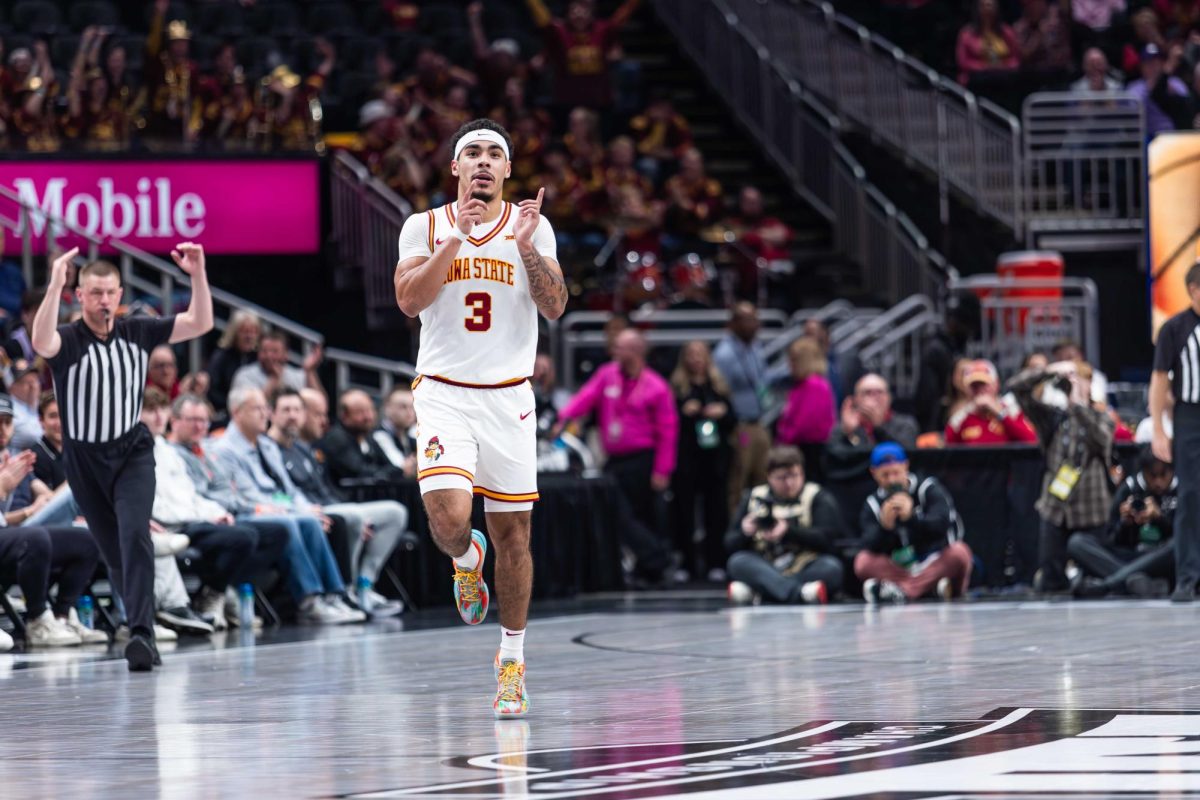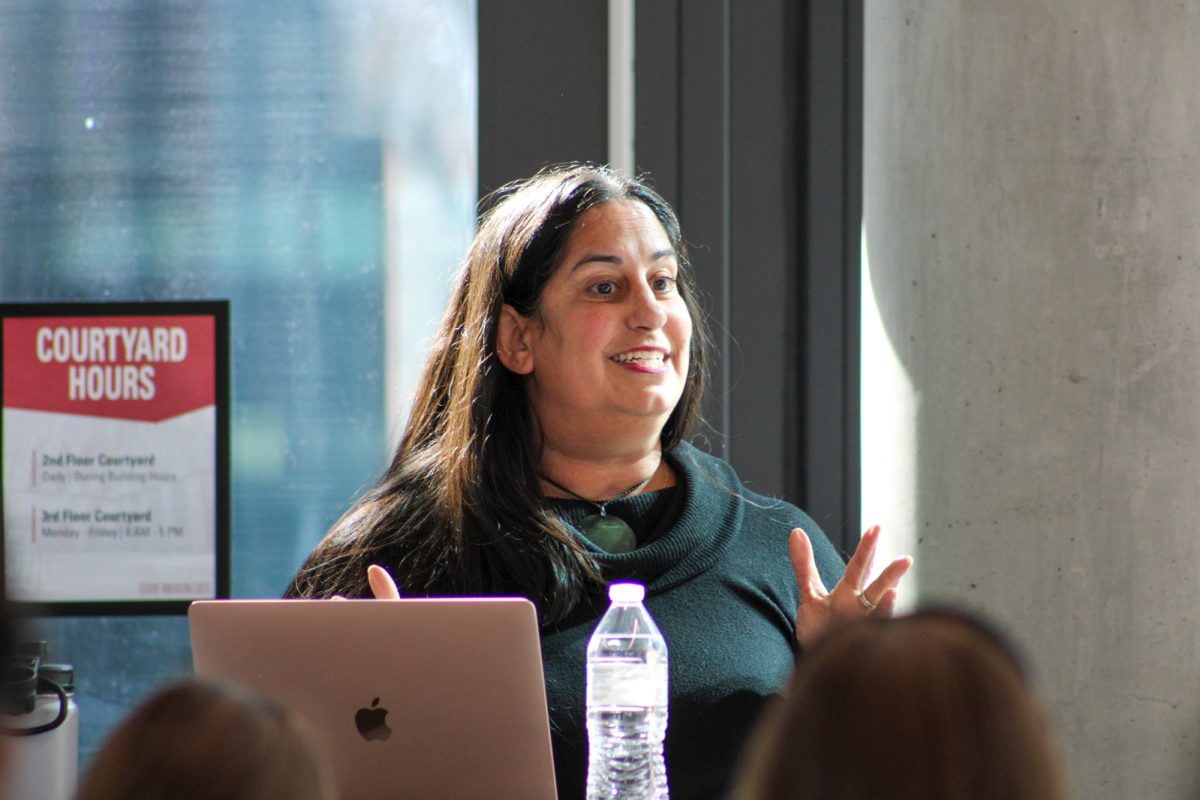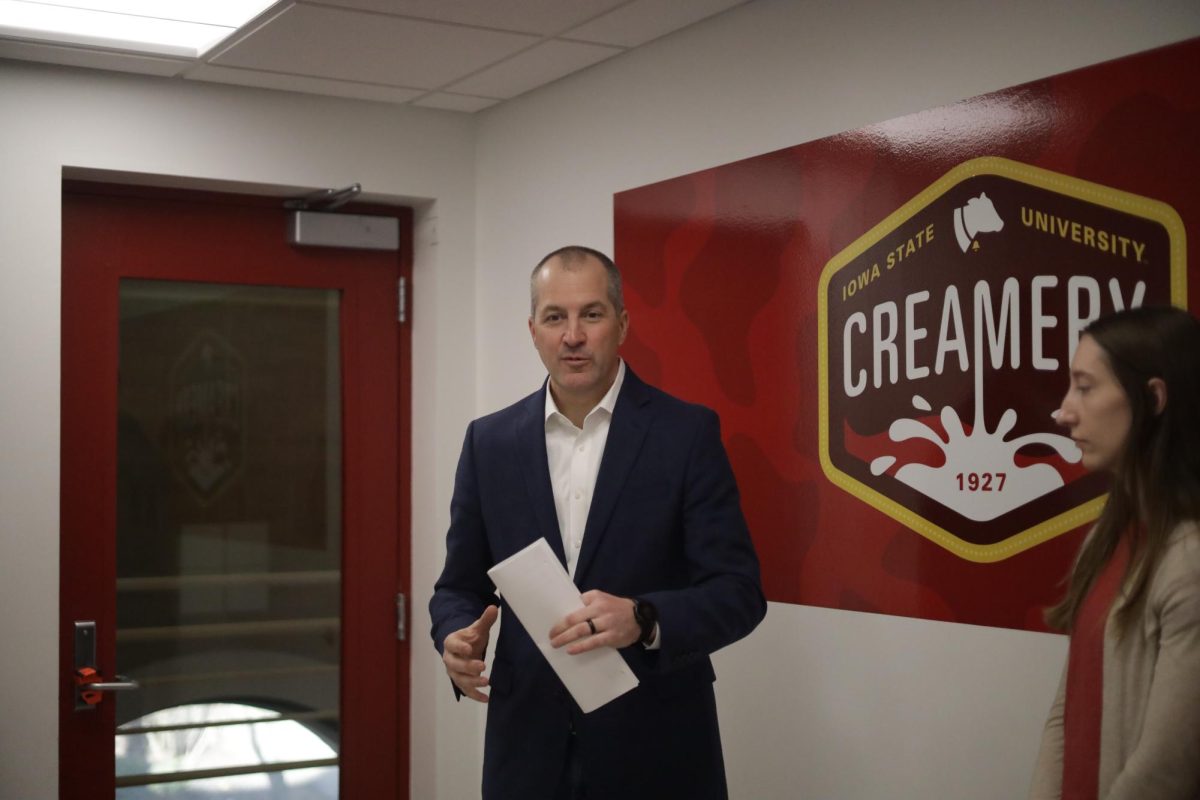Editorial: Unequal representation on CyRide
December 4, 2013
Changes may be coming for the CyRide bus system. With more students than ever, expansion of transportation routes and number of buses might be the next necessary step. As discussed in a previous editorial, the big question is, who will fund these changes?
CyRide transportation is funded by a partnership among students (through their fees), the city of Ames and Iowa State University itself. Different fractions of funding come from these groups, all of whom have some sort of representation on the CyRide Board of Trustees, which decides on many of the most important matters.
Unfortunately, the three groups that make up the partnership do not enjoy equal or proportional representation.
The board is composed of six members, which is only three more members than there even are groups in the partnership. Of these six, one is a university representative, currently Warren Madden, Senior Vice President for Business and Finance. Two of the members are student representatives, one of whom is appointed from the GSB senate by GSB senators (currently Zach Murrell), the other (currently Dan Rediske) who is appointed by GSB president Spencer Hughes. The final three members represent the city of Ames appointed by various people.
With a dearth of alternative information, this may seem like a fairly reasonable system of representation. However, in truth, it is blatantly disproportionate, with students receiving the shortest stick. As said, students are represented by two members, making up 33 percent of the CyRide Board of Trustees. Actual student funding of the CyRide system via student fees is nearly double that, hovering around 63 percent. It just makes sense that if we as students are paying for more than half of the service, we should have at least 50 percent of the representation. The university provides 11 percent of the service’s funding, while the city’s portion sums up to approximately 25 percent.
Another often overlooked detail, is that actual CyRide ridership is approximately 91 percent students — nearly triple the student representation on the Board. The obvious response to that is that in this case, students should be providing more than 63 percent of CyRide funding. However, it can hardly be expected that students dish out more money without first receiving representation to match what we already spend on the service.
It is important to add to that argument that some of the university’s and city’s funding comes indirectly from students, anyway. Part of city funding comes from property tax, which students who live off-campus pay. University dollars come in part from the state, but primarily from student tuition, so it could be said that students are somewhat paying for that split as well.
Even if we forget for a moment that students pay indirectly through all three groups of the partnership, the representative proportion is obviously skewed. Funding is at approximately 63:25:11 for students, city and university respectively while representation is closer to 33:50:17.
To alleviate this disparagement, GSB President Spencer Hughes feels that increasing the number of members on the board to seven would be a first good step. By knocking down city representation to two members and increasing students to four, representation would be 57:29:14, which is much closer to the spread of funding than is now represented.
Increasing the board to seven members would keep the group small while doing a great deal to shift the accuracy of representation. However, such a change would have to be agreed upon by all members of the partnership, which may not be so easy to do.
To see that students, who are the largest CyRide ridership group, are provided with enough buses and routes to accommodate their schedules, these representative rearrangements must be made. Though it may seem like a minor issue, routes and buses will be overfull and wait lines will be long until some sort of adjustment is agreed upon.






